Home>Home Appliances>Kitchen Appliances>How To Dehydrate Blueberries In A Food Dehydrator
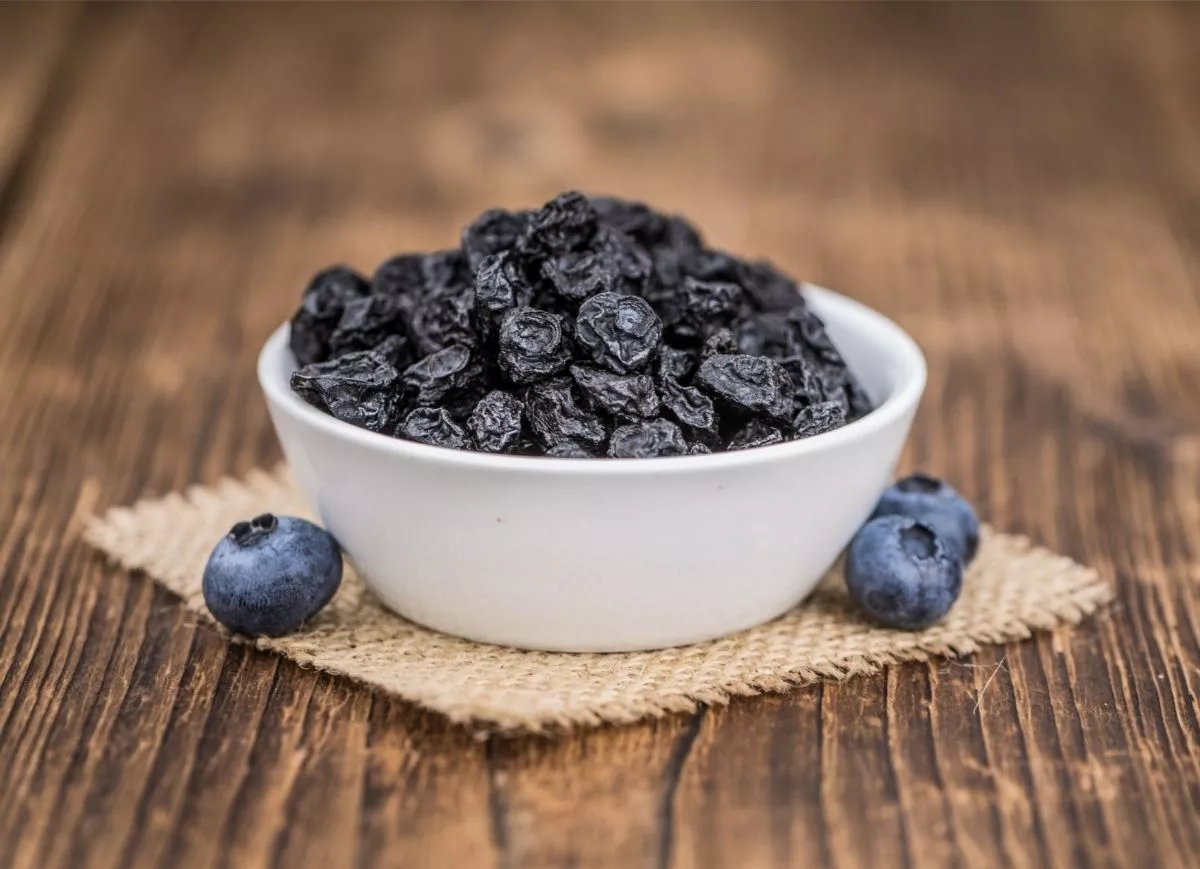

Kitchen Appliances
How To Dehydrate Blueberries In A Food Dehydrator
Modified: August 17, 2024
Learn how to easily dehydrate blueberries in a food dehydrator with our step-by-step guide. Discover the best kitchen appliances for this process!
(Many of the links in this article redirect to a specific reviewed product. Your purchase of these products through affiliate links helps to generate commission for Storables.com, at no extra cost. Learn more)
Introduction
Welcome to the wonderful world of food dehydration! If you're a fan of healthy snacks, you're in for a treat. Dehydrating blueberries is a fantastic way to preserve their delicious flavor and nutritional benefits. Whether you're an outdoor enthusiast looking for lightweight, nutritious trail snacks or simply aiming to reduce food waste by extending the shelf life of your favorite fruits, dehydrating blueberries is a simple and rewarding process.
By removing the moisture from blueberries, you can intensify their natural sweetness and create a convenient, portable snack that can be enjoyed on its own or used in a variety of culinary applications. From adding a burst of flavor to your morning oatmeal or yogurt to incorporating them into homemade granola or baked goods, dehydrated blueberries are a versatile ingredient that can elevate your culinary creations.
In this comprehensive guide, we'll walk you through the step-by-step process of dehydrating blueberries using a food dehydrator. We'll cover everything from selecting the best blueberries for dehydration to properly storing the finished product. Additionally, we'll share valuable tips and tricks to ensure that your dehydrated blueberries turn out perfectly every time.
So, grab your apron and get ready to embark on a flavorful journey as we delve into the art of dehydrating blueberries. Whether you're a seasoned food preservation enthusiast or a curious beginner, you're sure to find inspiration and practical insights to elevate your snacking and culinary experiences. Let's dive in and discover the delightful world of dehydrated blueberries!
Key Takeaways:
- Dehydrating blueberries intensifies their sweetness and creates a convenient, portable snack. It’s a simple process that enhances flavor and nutritional benefits, perfect for snacking or culinary creations.
- Select fresh, firm blueberries and remove stems before dehydrating. Ensure even spacing on trays, periodically rotate them, and monitor texture. Store in airtight containers in a cool, dark place for extended shelf life.
Read more: How To Store Dehydrated Lemons
Choosing and Preparing Blueberries
When it comes to dehydrating blueberries, selecting the right berries is crucial for achieving the best results. Look for fresh, plump, and firm blueberries that are free from mold or signs of spoilage. While you can certainly use store-bought blueberries, consider visiting a local farm or farmers’ market for the freshest and most flavorful options. Not only does this support local agriculture, but it also often results in superior-quality produce.
Before beginning the dehydration process, it’s essential to thoroughly wash the blueberries to remove any dirt, debris, or pesticide residue. To do this, place the blueberries in a colander and rinse them under cold running water. Gently shake the colander to ensure that all the berries are rinsed. Next, spread the blueberries on a clean kitchen towel or paper towels to air-dry for a few minutes. It’s important to ensure that the blueberries are completely dry before proceeding with the dehydration process.
While it’s possible to dehydrate blueberries with their stems intact, removing the stems can make the dehydration process more efficient and the finished product more user-friendly. Simply grasp a cluster of blueberries and, using a pair of kitchen shears or a sharp knife, carefully snip off the stems. This step not only streamlines the preparation process but also results in dehydrated blueberries that are easier to incorporate into recipes and enjoy as snacks.
Once your blueberries are clean, dry, and stem-free, they’re ready to be arranged on the food dehydrator’s trays for the next stage of the journey. With your carefully selected and prepared blueberries in hand, you’re well on your way to creating a delightful, nutritious snack that can be enjoyed at home or on the go.
Preparing the Food Dehydrator
Before diving into the dehydrating process, it’s essential to ensure that your food dehydrator is clean and ready for use. If it’s been a while since your dehydrator was last used, take a moment to inspect it for any dust, debris, or residue that may have accumulated during storage. Wipe down the trays, the interior of the dehydrator, and the heating element with a clean, damp cloth to remove any buildup and ensure that your dehydrator is in optimal condition for the task at hand.
Once your dehydrator is clean, it’s time to arrange the prepared blueberries on the trays. Depending on the size and design of your dehydrator, you may need to line the trays with non-stick dehydrator sheets or parchment paper to prevent the blueberries from sticking. Alternatively, some dehydrators feature trays with built-in mesh or non-stick surfaces, eliminating the need for additional liners.
When placing the blueberries on the trays, aim for a single layer to promote even airflow and consistent drying. Avoid overcrowding the blueberries, as this can impede the dehydration process and result in unevenly dried fruit. Take care to space the blueberries apart, allowing ample room for air to circulate around each berry.
Before loading the trays into the dehydrator, double-check the manufacturer’s guidelines for recommended dehydration settings and temperatures. While most food dehydrators offer a standard temperature setting for fruits, it’s always beneficial to refer to the specific recommendations provided by the manufacturer to achieve optimal results.
With your dehydrator trays neatly arranged with prepared blueberries and the dehydration settings adjusted as needed, your food dehydrator is primed and ready to begin the transformation of fresh blueberries into delightful, shelf-stable snacks. The stage is set for the next phase of the journey: the gentle and gradual dehydration of the blueberries, which will intensify their sweetness and create a satisfyingly chewy texture.
Before dehydrating blueberries in a food dehydrator, make sure to wash and dry them thoroughly to remove any dirt or residue. This will ensure that your dehydrated blueberries are clean and safe to eat.
Dehydrating the Blueberries
With the food dehydrator prepared and the trays neatly arranged with your carefully selected and cleaned blueberries, it’s time to initiate the dehydration process. Depending on the specific model of your food dehydrator and the quantity of blueberries being processed, the duration of the dehydration process may vary. However, as a general guideline, the dehydration of blueberries typically takes between 8 to 12 hours.
As the dehydrator operates, the gentle heat and airflow will gradually remove the moisture from the blueberries, transforming them into chewy, intensely flavored morsels. Throughout the dehydration process, it’s a good idea to periodically check the progress of the blueberries. This allows you to assess the texture and ensure that the berries are drying evenly.
If your food dehydrator features adjustable trays, consider rotating them periodically to promote uniform drying. This simple step can help prevent any potential inconsistencies in the dehydration process, resulting in a batch of perfectly dried blueberries. Additionally, take this opportunity to revel in the delightful aroma that fills your kitchen as the blueberries slowly transform into delectable, shelf-stable snacks.
As the dehydration process nears its completion, keep a close eye on the blueberries to ensure that they reach the desired texture. Ideally, the dehydrated blueberries should be pliable and slightly chewy, with no remaining moisture. Keep in mind that the exact drying time may vary based on factors such as the size and moisture content of the blueberries, as well as the specific performance of your food dehydrator.
Once the blueberries have reached the optimal level of dryness, carefully remove the trays from the dehydrator and allow the dehydrated blueberries to cool completely. This cooling period helps to finalize the dehydration process and ensures that the blueberries are ready for storage. Congratulations – you’ve successfully transformed fresh blueberries into a delightful, shelf-stable snack that can be enjoyed on its own or incorporated into a wide range of culinary endeavors!
Storing Dehydrated Blueberries
After the dehydrated blueberries have thoroughly cooled, it’s time to focus on proper storage to maintain their quality and flavor over time. Storing dehydrated blueberries is a straightforward process that, when done correctly, ensures that the fruits remain delicious and shelf-stable for an extended period.
The first step in storing dehydrated blueberries is to ensure that they have reached room temperature. Placing warm or slightly warm dehydrated blueberries in a sealed container can lead to condensation, potentially compromising their shelf life. Therefore, it’s crucial to allow the blueberries to cool completely before proceeding with the storage process.
Once the dehydrated blueberries have cooled, transfer them to airtight containers such as glass jars or resealable plastic bags. The airtight seal helps to protect the dehydrated blueberries from exposure to moisture, air, and light, all of which can contribute to a reduction in quality and flavor over time. For added protection, consider placing a small food-safe desiccant packet in each storage container to absorb any residual moisture.
When filling the storage containers with dehydrated blueberries, leave a small amount of space at the top to allow for the insertion of an oxygen absorber packet. Oxygen absorbers help to extend the shelf life of dehydrated foods by removing oxygen from the storage environment, which in turn inhibits the growth of mold, yeast, and aerobic bacteria. This additional safeguard can significantly contribute to the long-term preservation of your dehydrated blueberries.
Label each storage container with the date of dehydration to keep track of the blueberries’ freshness. Store the labeled containers in a cool, dark, and dry location, such as a pantry or cupboard. Exposure to direct sunlight, heat, or moisture should be avoided, as these factors can compromise the quality and shelf life of the dehydrated blueberries.
When stored properly, dehydrated blueberries can maintain their quality for an extended period, allowing you to enjoy their delightful flavor and nutritional benefits at your convenience. Whether you’re incorporating them into recipes or savoring them as a wholesome snack, the proper storage of dehydrated blueberries ensures that they’ll be ready to enhance your culinary creations whenever inspiration strikes.
Read more: How To Store Dehydrated Apples
Tips and Tricks for Dehydrating Blueberries
Dehydrating blueberries is a rewarding process that yields flavorful and versatile snacks. To enhance your experience and achieve optimal results, consider the following tips and tricks:
- Selecting the Best Blueberries: Choose fresh, firm, and ripe blueberries for the best dehydration results. If possible, opt for locally sourced or organic blueberries to ensure superior flavor and quality.
- Thoroughly Wash the Blueberries: Prior to dehydration, rinse the blueberries under cold water and allow them to air-dry. This step removes any impurities and ensures that the blueberries are clean and ready for the dehydration process.
- Removing Stems: While it’s optional, removing the stems from the blueberries before dehydration can streamline the process and result in more user-friendly dehydrated berries.
- Evenly Spacing the Blueberries: When arranging the blueberries on the dehydrator trays, ensure that they are spaced apart to promote consistent airflow and uniform drying.
- Periodic Tray Rotation: If your dehydrator features adjustable trays, periodically rotate them during the dehydration process to promote even drying and prevent potential inconsistencies.
- Monitoring the Texture: Regularly check the progress of the blueberries during dehydration to ensure that they reach the desired texture. The dehydrated blueberries should be pliable and slightly chewy with no remaining moisture.
- Cooling Before Storage: Allow the dehydrated blueberries to cool completely before transferring them to storage containers. This helps prevent condensation and ensures optimal shelf life.
- Airtight Storage: Store the dehydrated blueberries in airtight containers to protect them from moisture, air, and light. Consider adding oxygen absorbers and desiccant packets for extended shelf life.
- Labeling and Storage Location: Label the storage containers with the date of dehydration and store them in a cool, dark, and dry environment to maintain the quality of the dehydrated blueberries.
By incorporating these tips and tricks into your blueberry dehydration process, you can elevate the quality of the finished product and ensure that your dehydrated blueberries remain delicious and nutritious for an extended period. Embrace the art of dehydrating blueberries as a delightful and rewarding culinary endeavor that adds a burst of flavor and convenience to your snacking and cooking experiences.
Frequently Asked Questions about How To Dehydrate Blueberries In A Food Dehydrator
Was this page helpful?
At Storables.com, we guarantee accurate and reliable information. Our content, validated by Expert Board Contributors, is crafted following stringent Editorial Policies. We're committed to providing you with well-researched, expert-backed insights for all your informational needs.
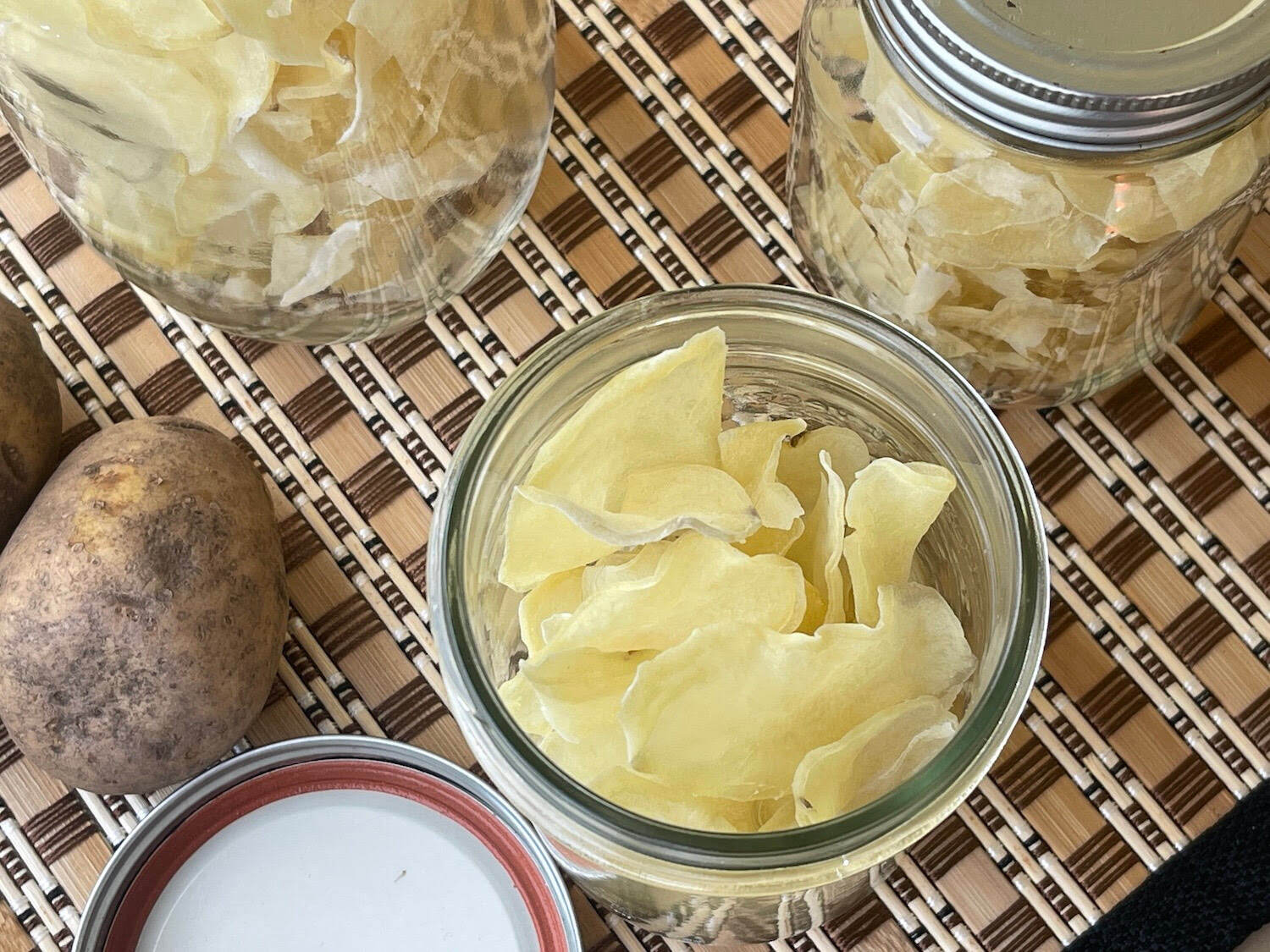
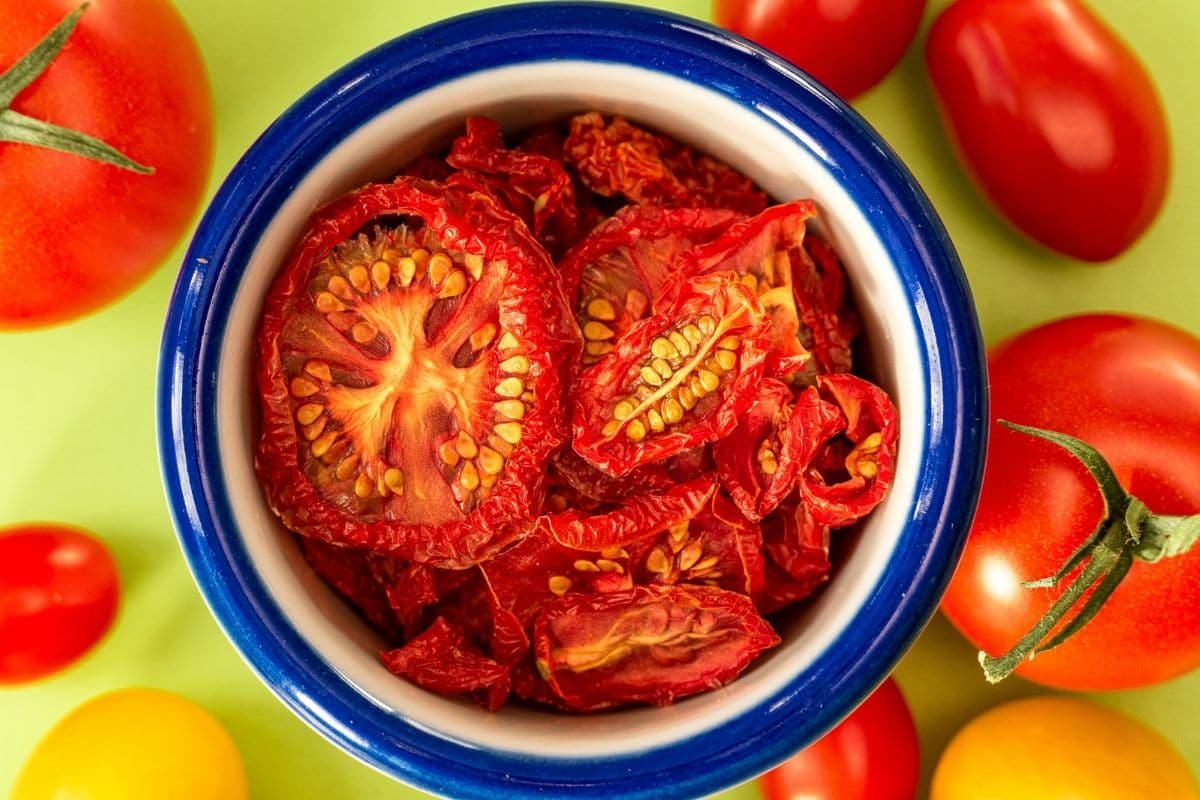


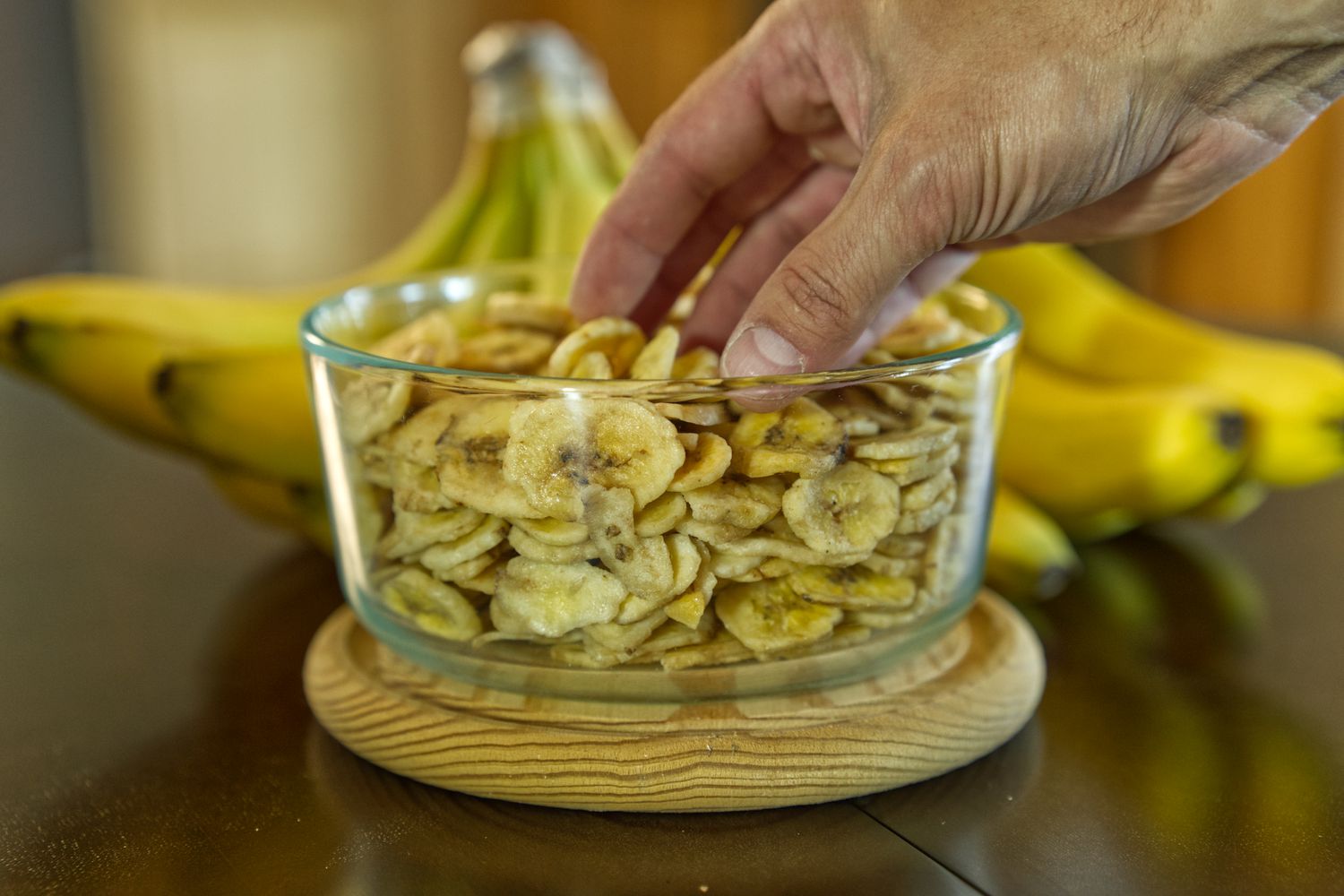
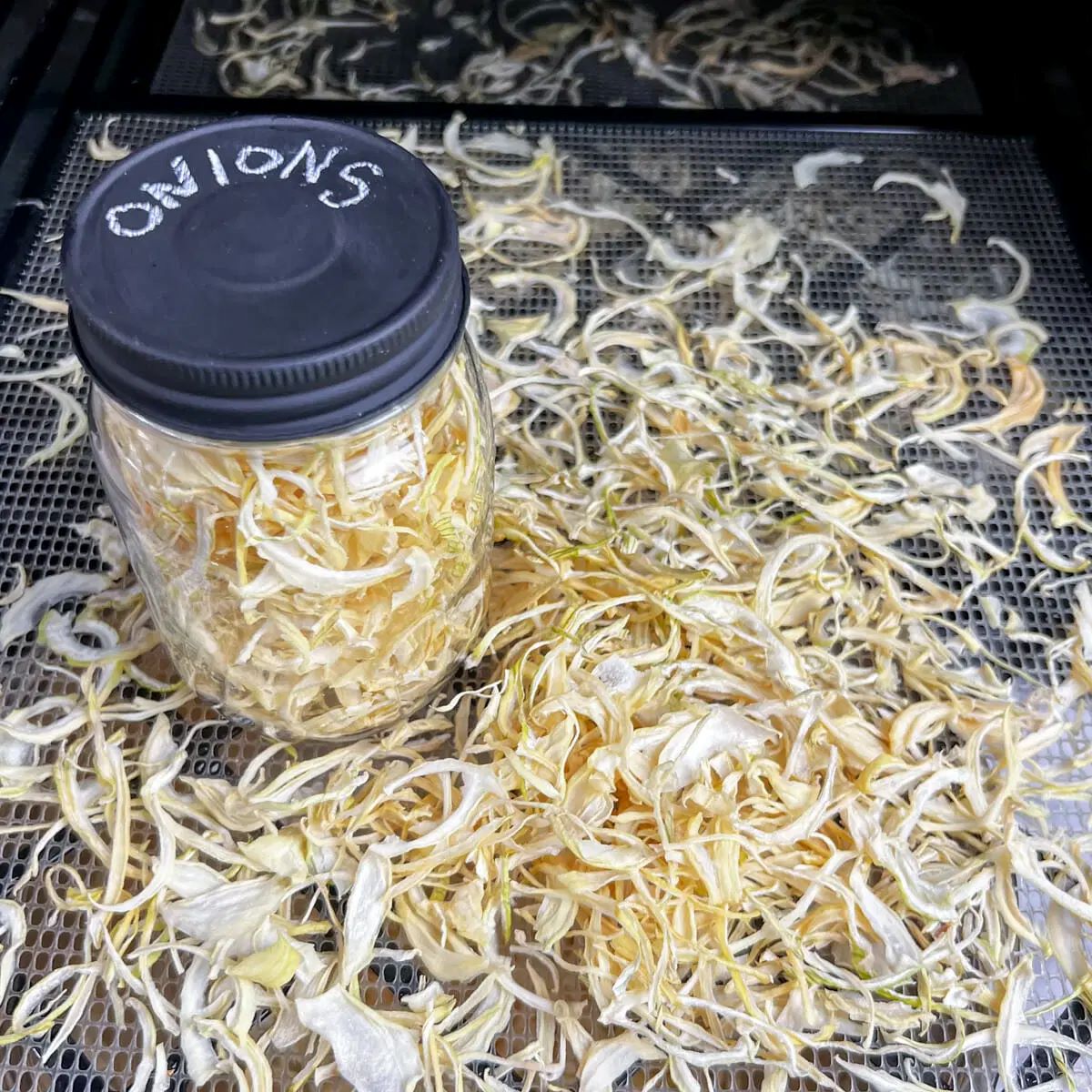
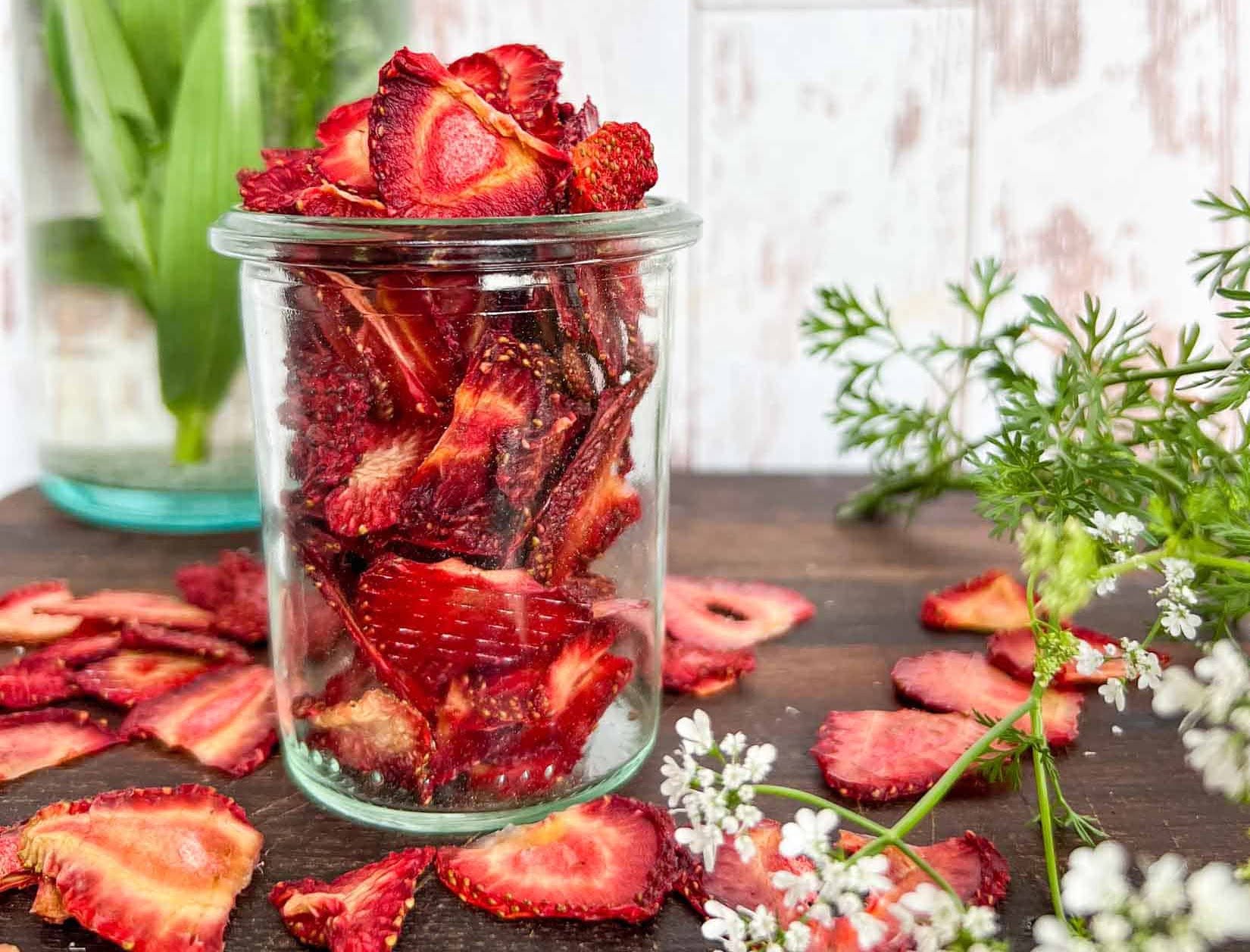
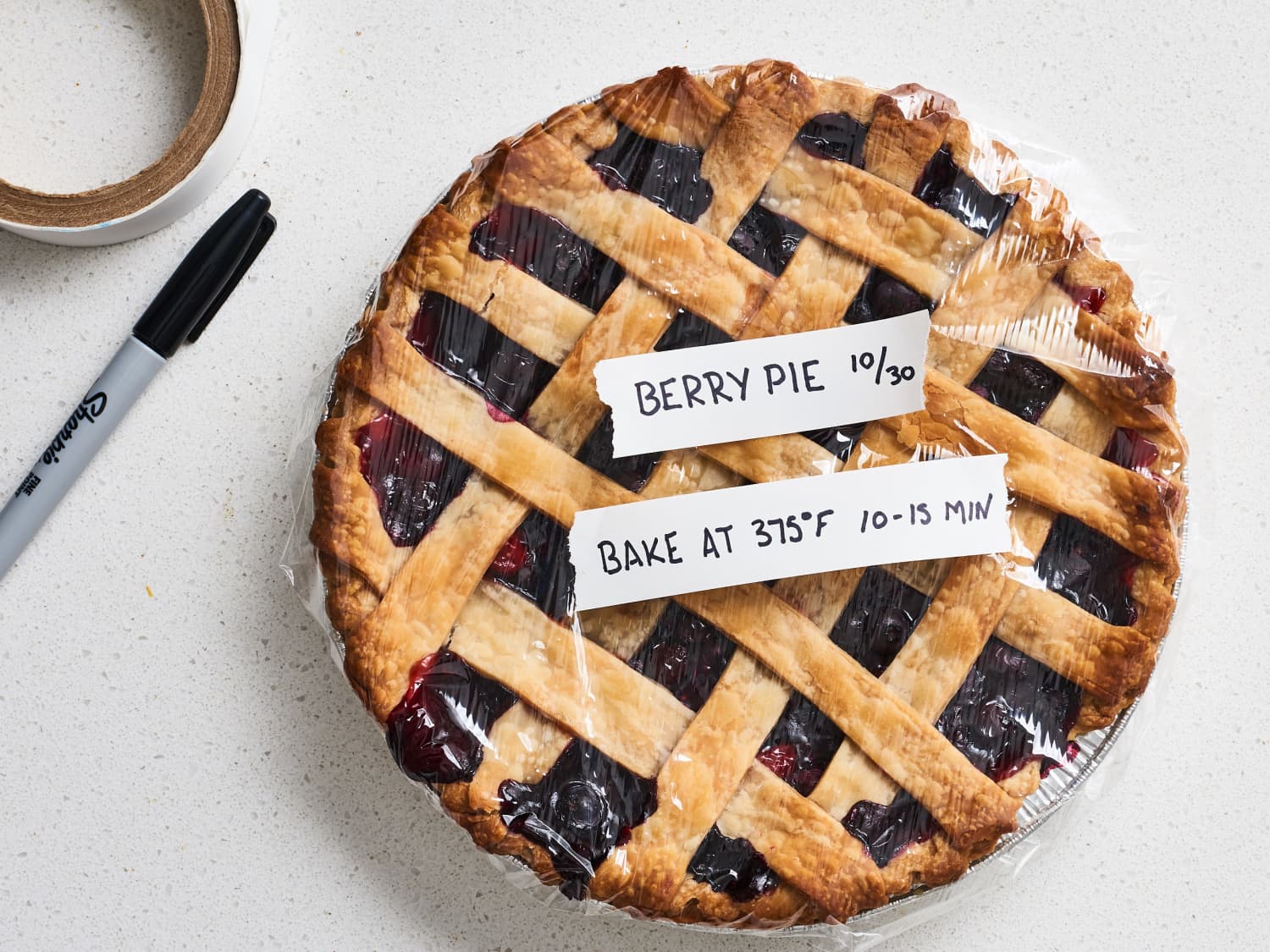
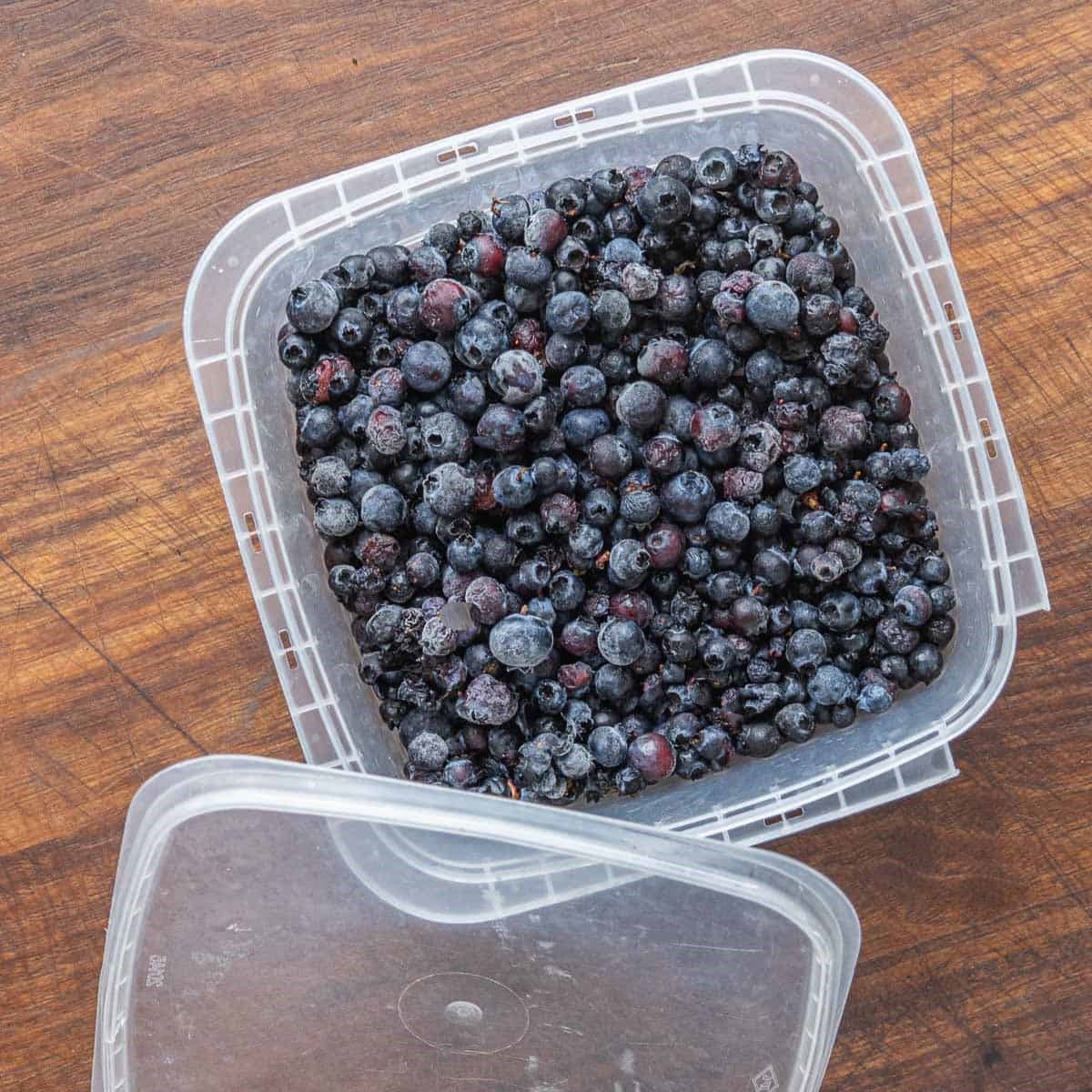
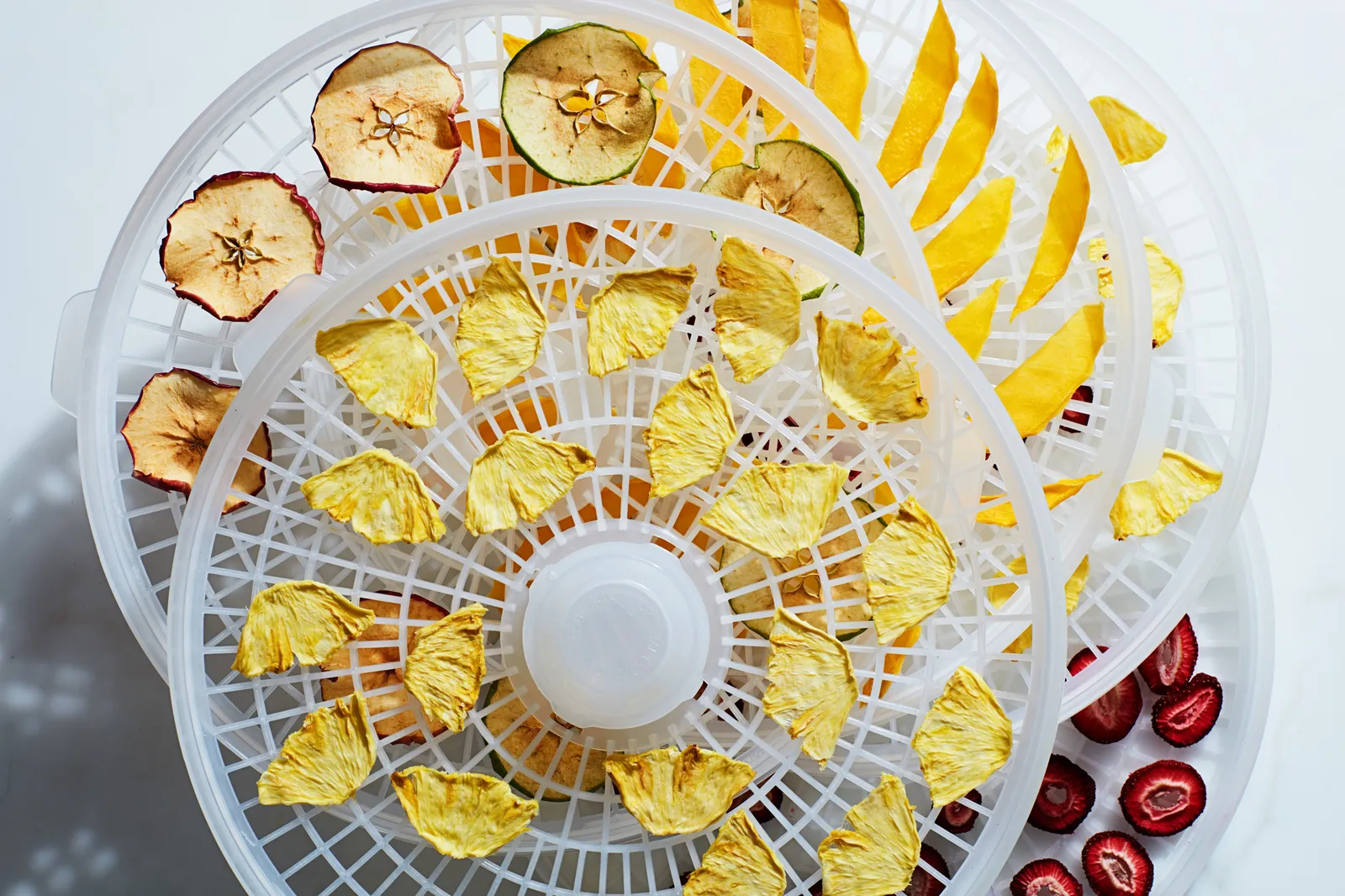
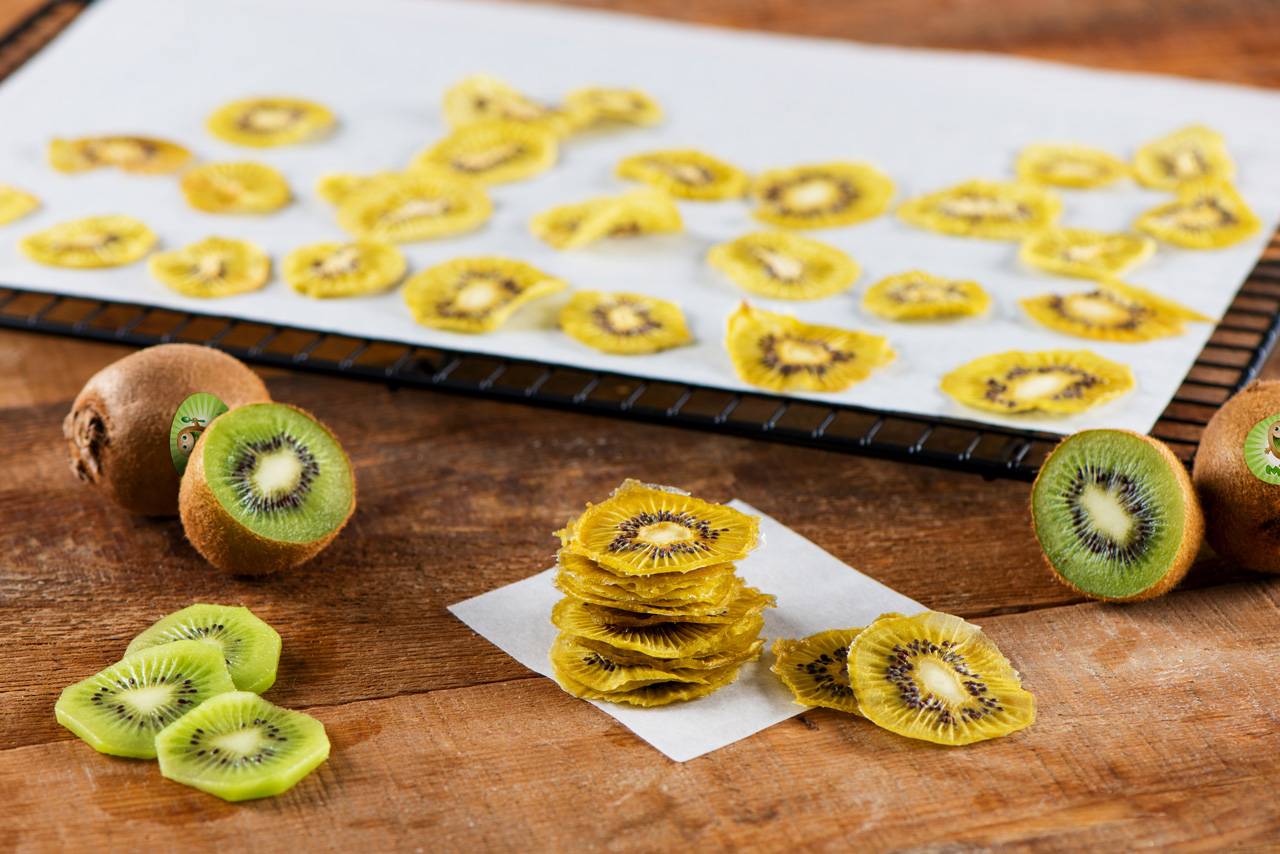
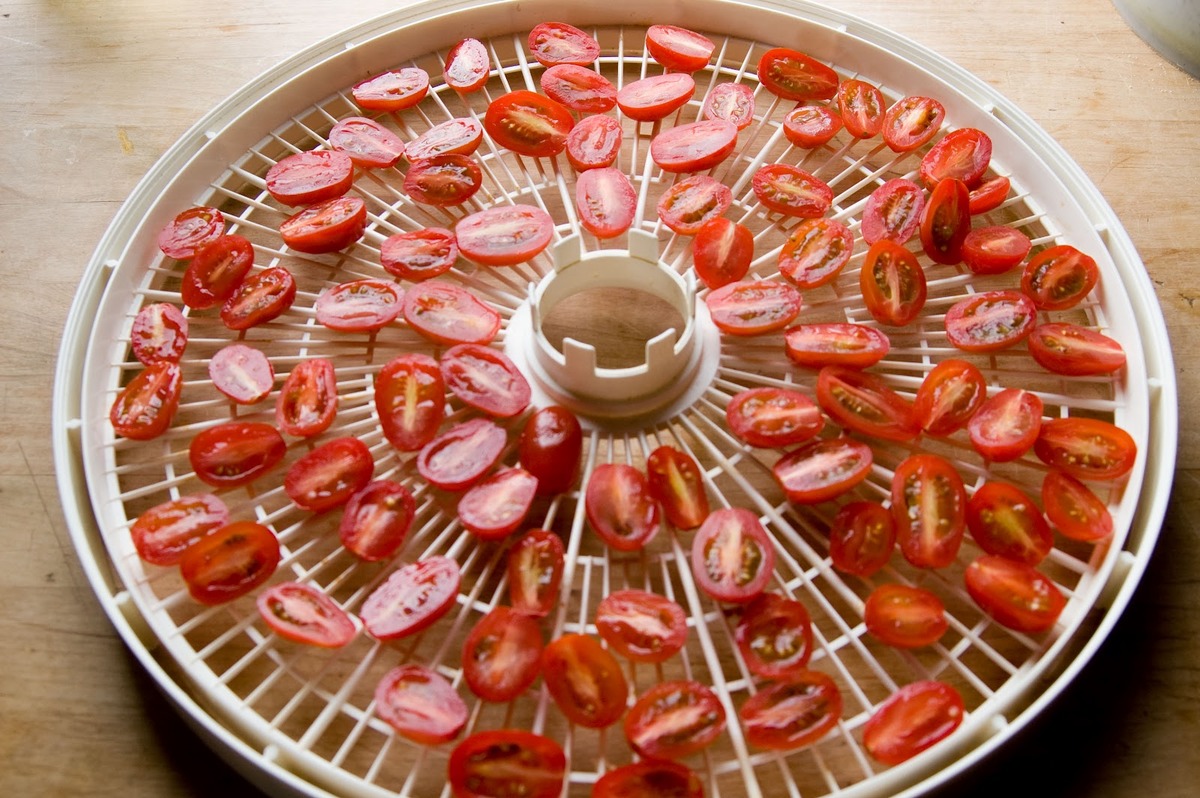
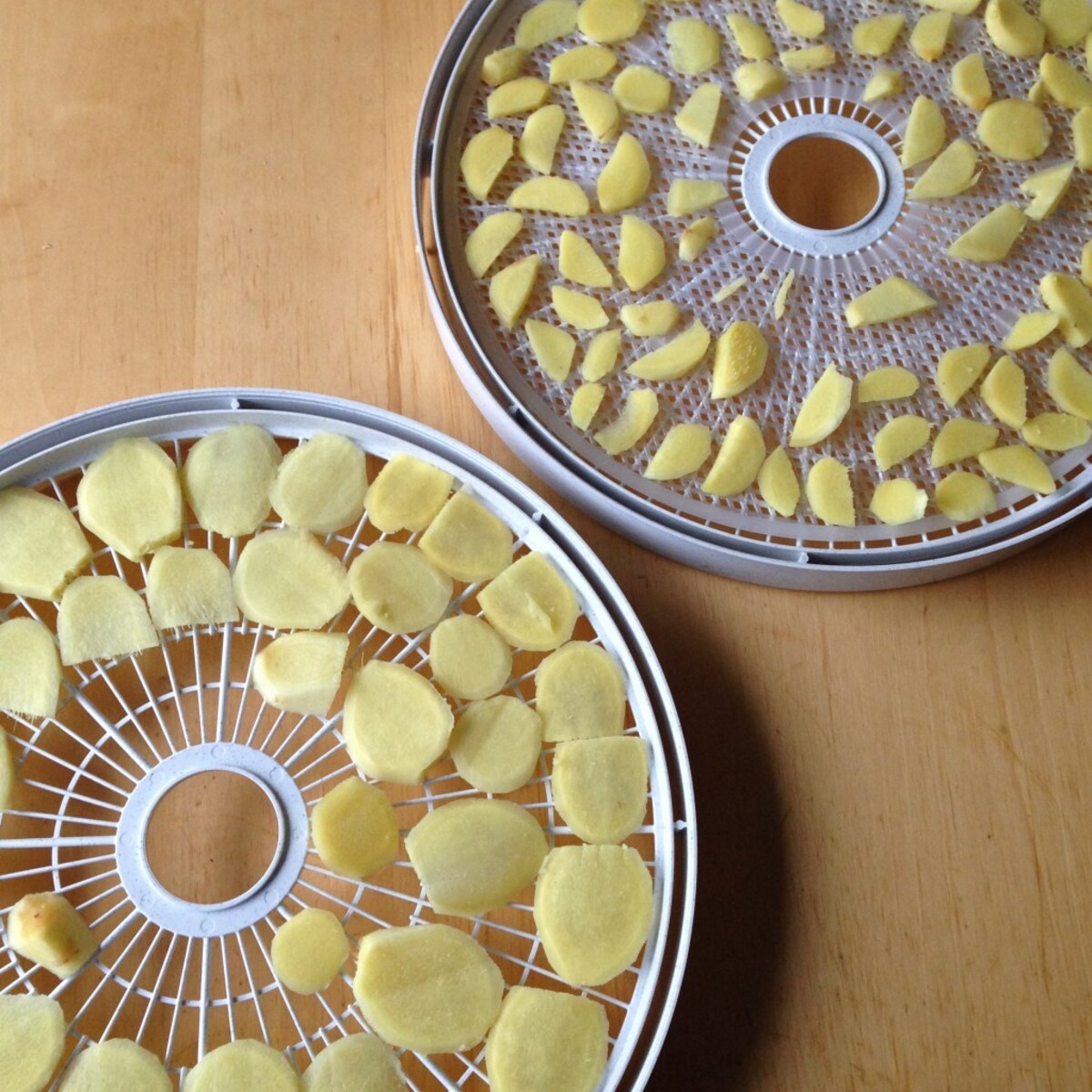
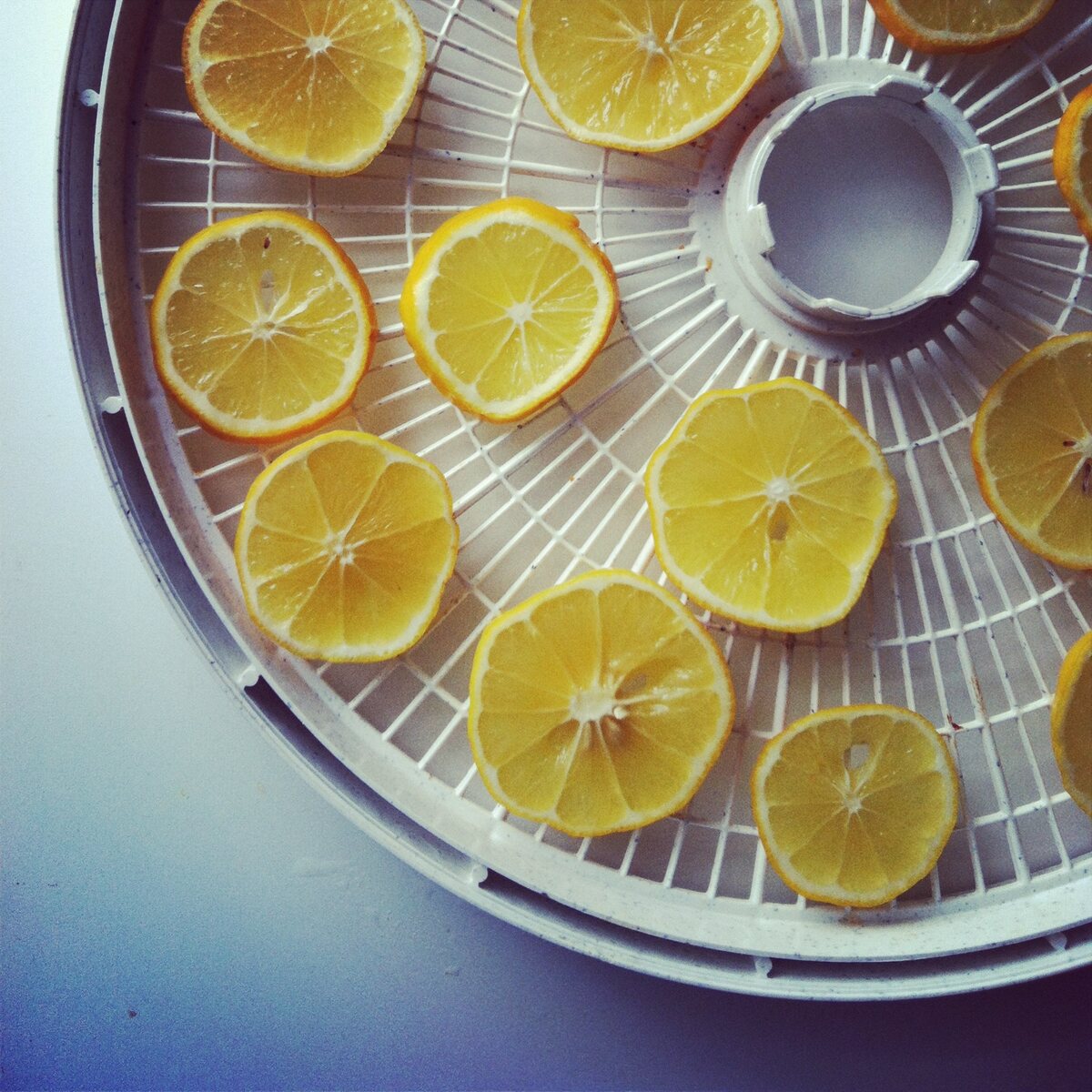

0 thoughts on “How To Dehydrate Blueberries In A Food Dehydrator”